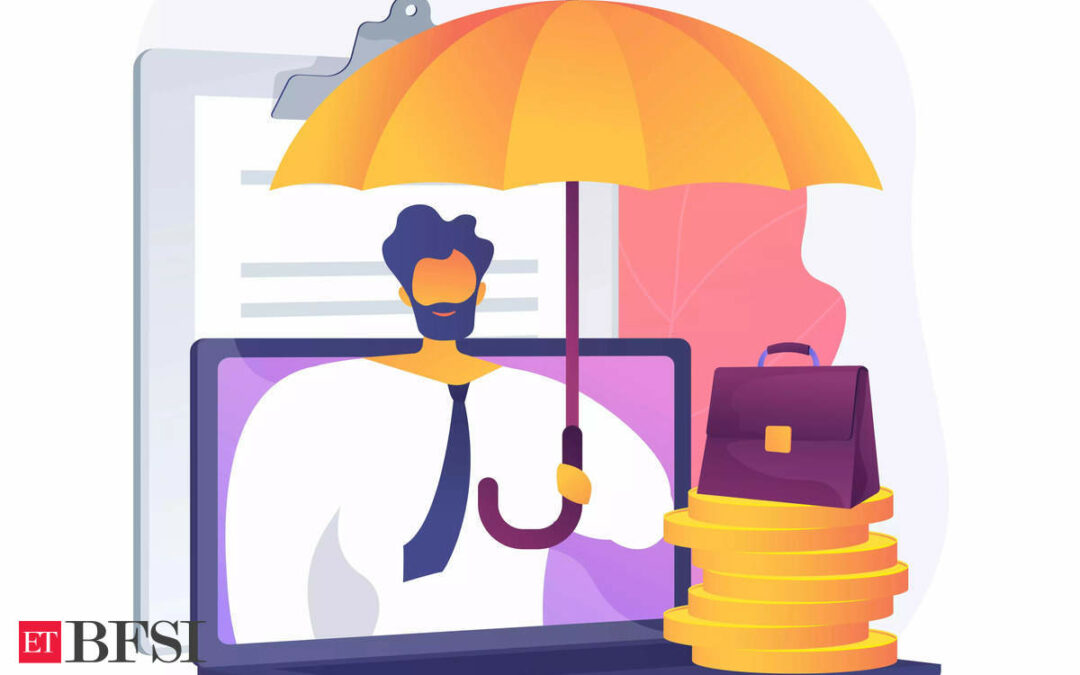Fintech startups are not the only set of players expanding their product suite across lending and insurance; even last-mile banking agents are building a similar bouquet of products.
After offering very basic banking services like payments, account opening and balance update for years, business correspondents (BCs) who run these physical agent networks in small towns and villages are getting into credit and insurance.
“Large public sector banks have already enabled us for sourcing loans and we are doing some bit of collections for these banks too,” said Ketan Doshi, managing director, PayPoint India.
Data shared by the Business Correspondents Resource Council (BCRC), an industry body meant for conducting studies around this sector, suggest there are around 1.8 million BC outlets in Indian villages. The network together processed around Rs 7.3 lakh crore of transactions in December 2022.
The finance ministry had constituted a committee last year to look into the BC industry and its role in financial inclusion, ET has learnt. Based on the committee’s report, a bunch of new services have been added into the product offerings for BC agents.
Some BCs are already live with a few of the new products, like credit and insurance.
“On (an) aspirational side, the channel (BC outlets) is also being envisaged as a replica of brick-and-mortar branches at least in rural centres, where all types of services can be provisioned at CSP (customer service point) outlets,” the report said. ET has seen a copy of the report.
The committee was formed under the chairmanship of State Bank of India managing director CS Shetty.
While many large BCs were offering multiple services through their kiosks, banks now want to impart training to all kiosk owners and eventually graduate them to a position where they can handle these additional services.
“The emergence of digital public infrastructure like Aadhaar and Account Aggregator has enabled banks to expand the bouquet of product offerings with digital services at rural kiosks, which eventually would mean higher earnings for the sector,” said Sunil Kulkarni, chief executive of the Business Correspondents Federation of India, an industry body for BC agents.
This fits well as a part of the ‘Digital India’ narrative where these kiosks can offer assisted digital services to consumers in rural areas, where bank branches might not be available. The government is looking at this channel as an important partner in driving financial inclusion.
Also read | Digital economy to contribute over 20% of India’s GDP by 2026: MoS IT Rajeev Chandrasekhar
“The network came handy during the Jan Dhan scheme for account opening for every Indian, again during Covid for direct benefit transfer to last-mile Indians; now the idea is to get this channel to distribute more complex financial products,” said Seema Prem, CEO of FIA Tech, a corporate business correspondent which runs 35,000 agent outlets across India.
The outlets are doing lead generation for tractor loans, housing loans and even car loans. While the loan gets disbursed from the bank after all the requisite checks, the agent network gets a commission as a sourcing channel. Not only for disbursals but this channel is also being used for the collection of EMI payments.
“The RBI has mandated a training programme for this kind of work. We help our agents to get trained on these programmes and get them engaged in this work,” said Doshi of PayPoint.
FIA Tech is also sourcing credit for its banking partners. Currently, the average ticket size of these loans is around Rs 5 lakh, Prem said.
BCs also sell insurance products — several government insurance schemes are sold mostly through this network. In fact, more than basic account opening and payments, BC agents are engaged in selling these products, said industry insiders.
“Simple life insurance and general insurance products can be taken up by the BC channel, even mutual fund investment plans can be distributed through this channel,” said BCRC chief executive Dharanidhar Tripathy.
The BC network was conceived as a means to take doorstep banking to rural India. Then it became a major channel for domestic remittance when the central bank opened interoperability in this network. Now it is almost operating as a branch network of banks, offering all financial services.











